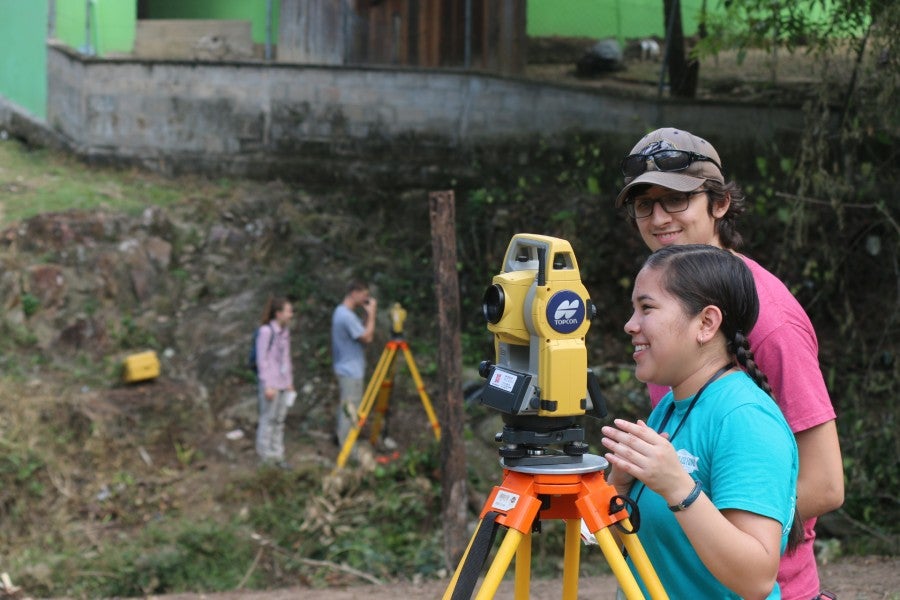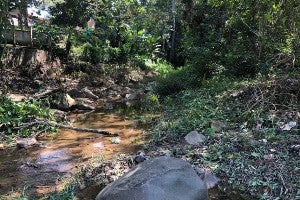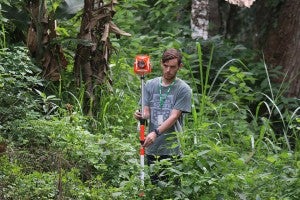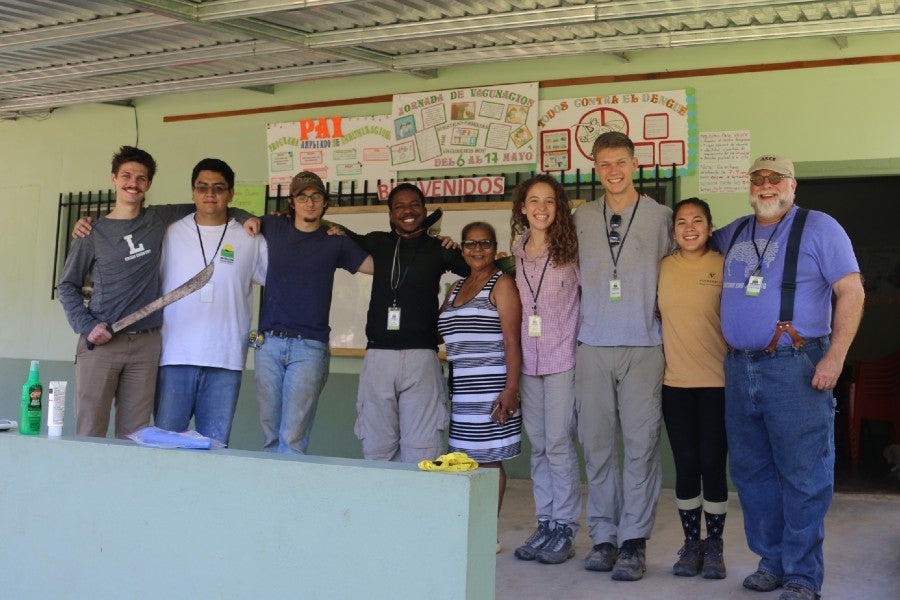Latest hands-on project in Honduras involves Vanderbilt students
Peugeot engineering work has proven so valuable for students’ that Vanderbilt has reached out to use them as senior design projects.
Janel Shoun-Smith | 615.966.7078 |

The Peugeot’s 2020 bridge project in Honduras is the second project Vanderbilt engineering professors have partnered with Lipscomb to provide a real-world experience for their seniors.
The Raymond B. Jones College of Engineering’s hands-on engineering projects in developing nations – which have resulted in bridges; a radio tower; a cell phone tower; water catchment distribution and sanitation systems; and solar panels installed over the past 15 years — have become a mainstay of the college’s undergraduate curriculum.
In fact, they have proven so valuable for students’ career success and a convenient and popular way to give seniors hands-on experience, that Nashville’s Vanderbilt University has reached out to use Lipscomb projects as senior design projects for their students.
Nashville’s professional engineering community is close-knit, so word of the projects carried out by Lipscomb through the Peugeot Center for Engineering Service in Developing Communities has spread.
The Peugeot’s 2020 project in Honduras to build a bridge spanning a gully to allow patients to reach a local medical clinic is the second project Vanderbilt engineering professors have partnered with Lipscomb to provide a real-world experience for their seniors.
Click here to see more on Peugeot's 2020 Projects with Purpose and how to support them.

Lipscomb and Vanderbilt students are working to build a bridge spanning this gully to allow patients to reach a local medical clinic.
“I always have a few students each year interested in an international project,” said Lori Troxel, professor of practice in civil engineering at Vanderbilt. She knew Lipscomb Chair of Civil Engineering Chris Gwaltney from his work serving as president of the Nashville chapter of the American Society of Civil Engineers. So she reached out to see if Lipscomb could provide an opportunity for students this year.
Three Vanderbilt engineering students joined three Lipscomb students on a trip to survey the bridge site this past November. Both Lipscomb students and Vanderbilt students will provide a design, and professors and the clinic officials will choose the best aspects from each design to produce the safest and best bridge for the citizens of Bacadilla, Honduras, said Gwaltney, chair of Lipscomb’s civil engineering department.
During the preliminary trip, the students and Gwaltney, surveyed the site characteristics, made borings for soil samples and interviewed local residents (about 60 showed up for a town hall meeting) on their desires for the bridge, which will allow patients to more safely cross a creek separating the clinic from the main road. Right now two timbers serve as a bridge, Gwaltney said.
Such trips to build projects in disadvantaged nations have proven life-changing for Lipscomb’s engineering students and others who participate in the mission work.
“They learn the cultural context of their projects and they realize they can’t just go into a project before taking into consideration what the community wants,” said Troxel.
“Our bridge would not be helpful if there were other problems in the way or if the community was not willing to take a stake in the project,” said Caroline Janssen, a civil engineering senior at Vanderbilt who went on the November trip.
“Not only are we designing the bridge, but we got to connect with the community members and understand the issue at hand, so we fully comprehend the meaning of our bridge design and construction,” she said.
“It is a sneak peak into combining international development with engineering, which I hope to do in the future,” said Nathan Miller, also a civil engineering major at Vanderbilt who came on the trip.

During the trip, the students surveyed the site characteristics and made borings for soil samples.
He enjoyed practicing his Spanish skills among the Honduran residents and said the project “provides a unique opportunity to apply our engineering skill set in a practical, helpful way.”
Engineering majors Noah Kimbrough, Chris Schneider, Emily Morgan and Trent Beacham make up the Lipscomb seniors working on the bridge project.
Gwaltney said he had strong connections with the Vanderbilt engineering faculty as a professional engineer in Nashville before coming to Lipscomb. He was often called on to evaluate Vanderbilt senior engineering projects at that time, he said.
“They are good students, and it gives our students the opportunity to interact with another program. It is a win-win all around,” said Gwaltney, of the Vanderbilt partnership.
Once the seniors’ design is complete, a team of any interested Lipscomb engineering students will travel to Bacadilla in May to install the foundation of the bridge, and another team of Lipscomb students will install the super structure of the bridge in August.
This project is one of seven projects the Peugeot Center will carry out this year in Ghana, Guatemala, elsewhere in Honduras and Malawi. The Peugeot Center projects are carried out primarily by Lipscomb engineering students and faculty and are funded through donations.
Learn more about the Peugeot Center’s 2020 projects and how to support them here.

Three Vanderbilt students joined three Lipscomb students on the trip and both groups will provide a design. Professors and the clinic officials will choose the best aspects of each design to implement.